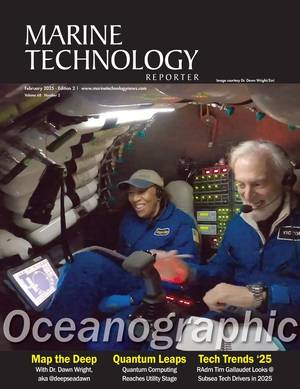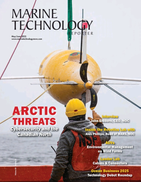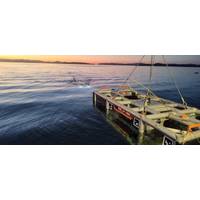
Oceaneering Wins US Navy Order for AUV
. defense capabilities for maritime defense and preparedness. “Ultimately, advanced UUVs will supplement submarine fleets by conducting autonomous sensing and delivering payloads in challenging, dispersed, deep-sea environments.”Oceaneering has conducted remote operations of commercial subsea robotic systems from ROCs since 2015 and has performed over 120,000 hours of remote operations to date. This recent contract award will bring this commercial capability to the US Navy.
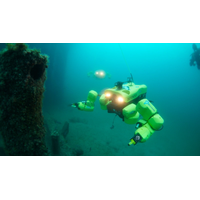
Sarcos and VideoRay Partner to Offer Integrated Underwater Robotic Systems
Robotic systems firm Sarcos and subsea robotic systems developer VideoRay have signed an agreement to offer integrated underwater robotic systems combining VideoRay remotely operated vehicles (ROVs) with the Sarcos Guardian Sea Class robotic system including its dexterous arms.Sarcos and VideoRay will each be able to sell an integrated underwater robotic system and their respective products and provide replacement parts, repair services, and support.“This collaboration is significant for the industry as it will enable Sarcos and VideoRay customers to easily purchase a pre-integrated system
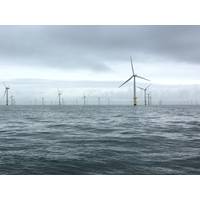
Subsea Robotics for Renewables
system, incorporating a high-resolution camera and laser to create as built point cloud models, was designed for deployment on underwater robotic platforms such as ROVs and AUVs.Another project, with ORE Catapult support, will see Bristol-based Rovco to use its 3D visualisation technology with subsea robotic systems to image offshore wind foundations, supported by artificial intelligence-driven software, to lower inspection costs by 80%. A system was moving to full testing and validation at the ORE Catapult’s National Renewable Energy Centre in Blyth, northeast England.GroutTo address the issues
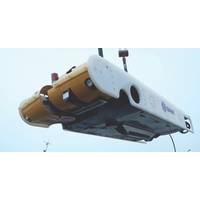
Unmanned Vehicles May Soon Take Up Residency Subsea
Robotic systems are moving closer toward being able to “live” in subsea docking stations, as permanently installed subsea resident vehicles.For the 40 years that the oil and gas industry has been working subsea, there’s been a gradual evolution in the technology it uses. Remotely operated vehicles (ROVs), built to perform underwater tasks in place of divers, have evolved from fairly crude machines to today’s highly capable and complex vehicles, with many now electrically powered.Autonomous underwater vehicles (AUVs), which operate without a tether (umbilical) are now supplementin
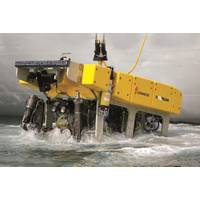
Forum ROV to support University Renewables Projects
is vital that we can operate in the high energy wave, wind and tidal regimes of target sites and understand the environment from an operational capability. Wind, waves and currents can make it an extremely difficult environment for humans to operate in, so it is necessary for us to use advanced subsea robotic systems and vehicles which are capable of operating in the harshest of underwater conditions. “Forum's Sub-Atlantic Comanche ROV is designed and proven to work effectively in strong wind and current regimes. Coupled together with University of Limerick’s OceanRINGS autopilot
MTR100: Cellula Robotics
Cellula Robotics is an engineering solutions company specializing in turnkey design and production of seafloor intervention and subsea robotic systems. Its products are primarily used for geotechnical and geophysical applications. Through its team of engineers, designers and technicians based in Vancouver, Canada, Cellula has developed experience in projects that require integrated mechanical, electrical, hydraulic, and software elements in a subsea environment. Cellula has been involved in projects deployed offshore from the U.K to Japan, Papua New Guinea to the Gulf of Mexico. Cellula supports these
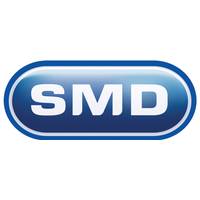
SMD Improves 2013 Work Class ROV Range
SMD has been a leading manufacturer of subsea robotic systems since the 1980s. In 2003 SMD started manufacturing Work Class ROVs, a business that has grown steadily. SMD’s ROV division operates from a modern facility named “i19” in Newcastle Upon Tyne, UK. ROV sales, project managers, engineers and technicians are all located within the facility and the company has the ability to manufacture up to 48 Work Class ROV systems per year. SMD also has offices in Houston, Singapore and Macau. SMD introduced the original Q-Series range of Work Class ROVs in 2005. The
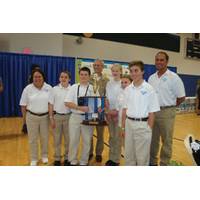
Underwater Robotics National Challenge set for Indy
Kimball, Program Director Tel: 201-310-2607 Email: [email protected] Please also visit the AUVSIF website at www.AUVSIF.org to learn more about the Association for Unmanned Vehicle Systems International Foundation, which promotes the development of aerial, land-based and subsea robotic systems. (As published in the April 2013 edition of Marine Technologies - www.seadiscovery.com
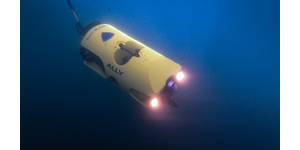
 February 2025
February 2025
